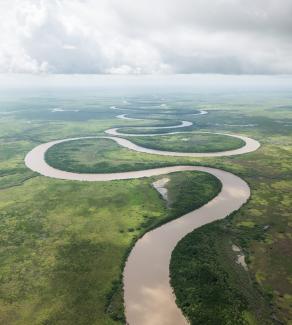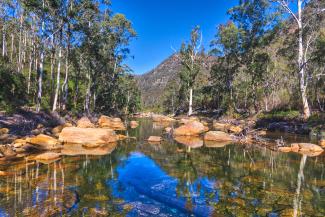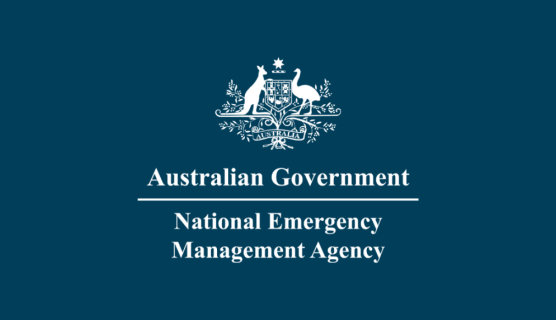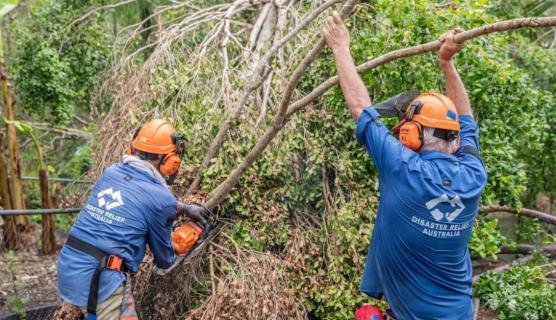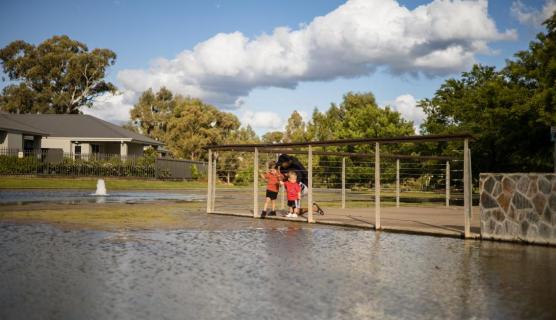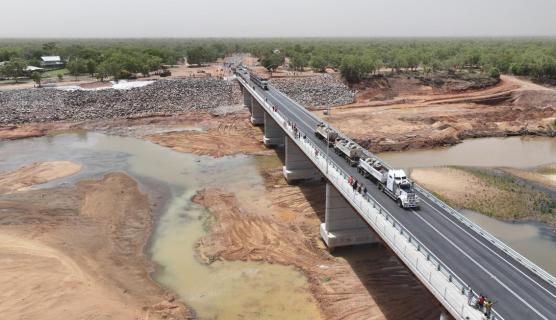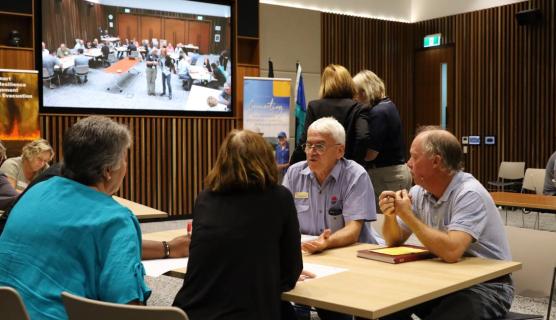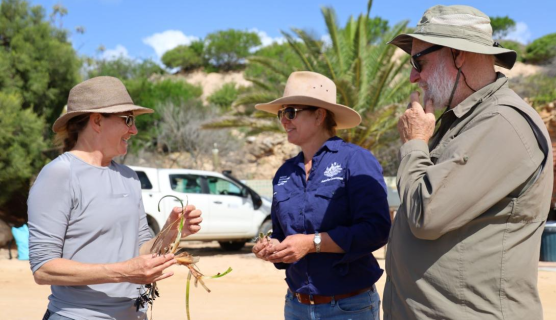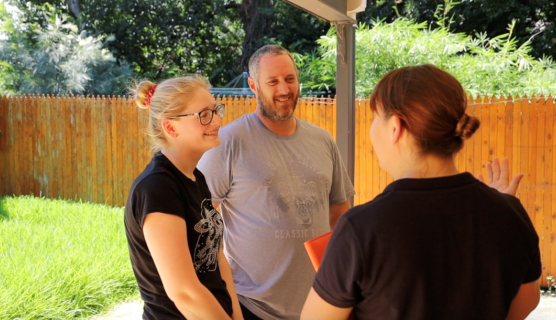Working in partnership with local communities
With input from communities in New South Wales and Queensland, a set of national guidelines has been developed to help implement Nature-based Solutions in diverse local contexts. The Guidelines provide a guide to the design of Nature-based Solutions in catchments to mitigate flooding of urban areas and to improve catchment health. The Guidelines show how with careful planning and design, combining a range of Nature-based Solutions can effectively mitigate moderate floods (up to a 1-in-20-year flood) and reduce the impacts of rare floods (a 1-in-100-year flood).
These guidelines include:
- Frameworks and processes to evaluate options to minimise the impacts of floods.
- Useful information about the types of Nature-based Solutions and how they can be used for flood mitigation.
- Methods to evaluate the impacts and co-benefits of integrating the Nature-based Solutions.
- Innovative and practical approaches to flood risk mitigation in each community.
The project was awarded $1,204,039 (excluding GST) in Round Three of the Disaster Risk Reduction Package (DRRP), and a further $303,000 in Round Four of the DRRP, taking the total Commonwealth funding for this project to $1,507,039 (excluding GST).
This is an investment towards helping communities design flood mitigation solutions that are more sustainable, more adaptable, and better suited to Australia’s unique environment.
To learn more, the following resources are now available for viewing: Nature-based Solutions for flood mitigation in Australia - National Guidelines | ANU Institute for Climate, Energy & Disaster Solutions
